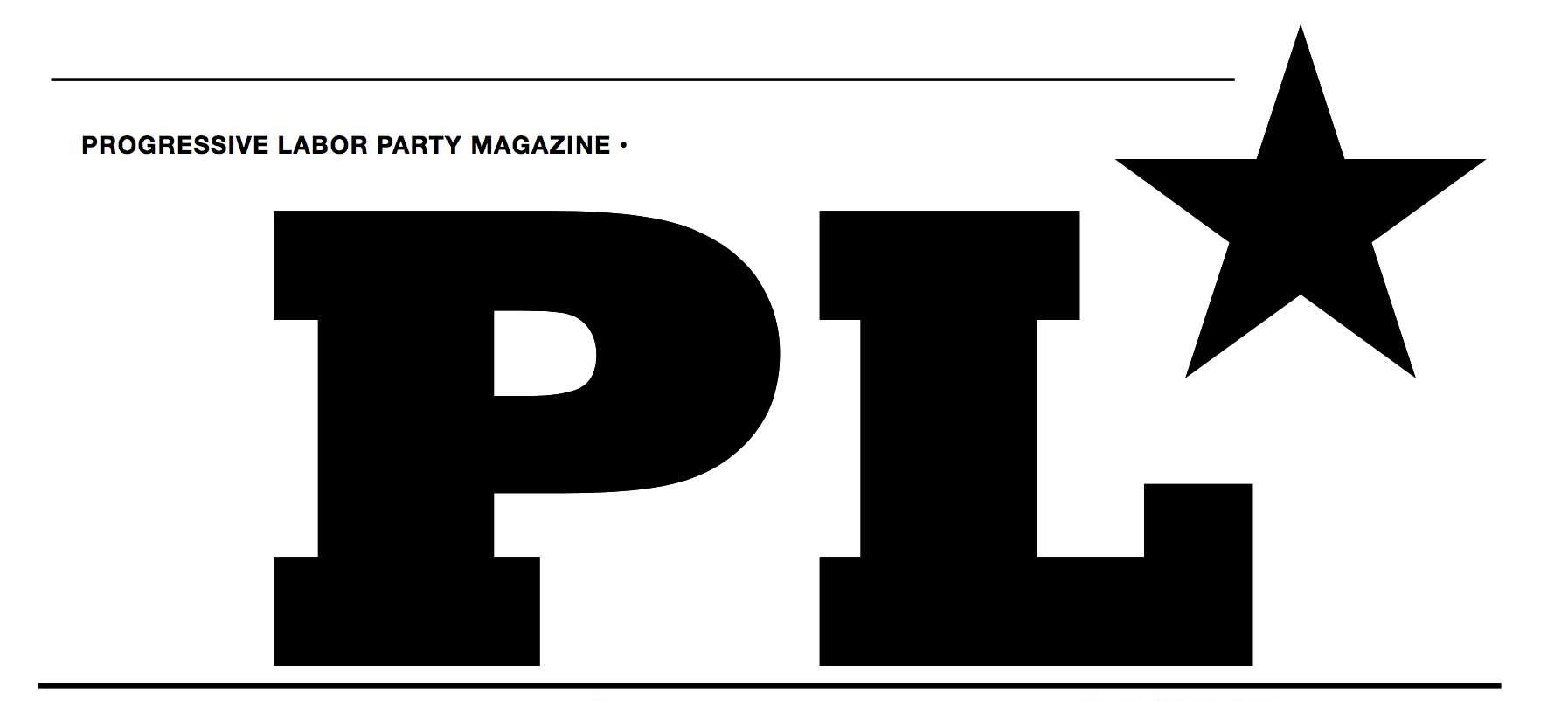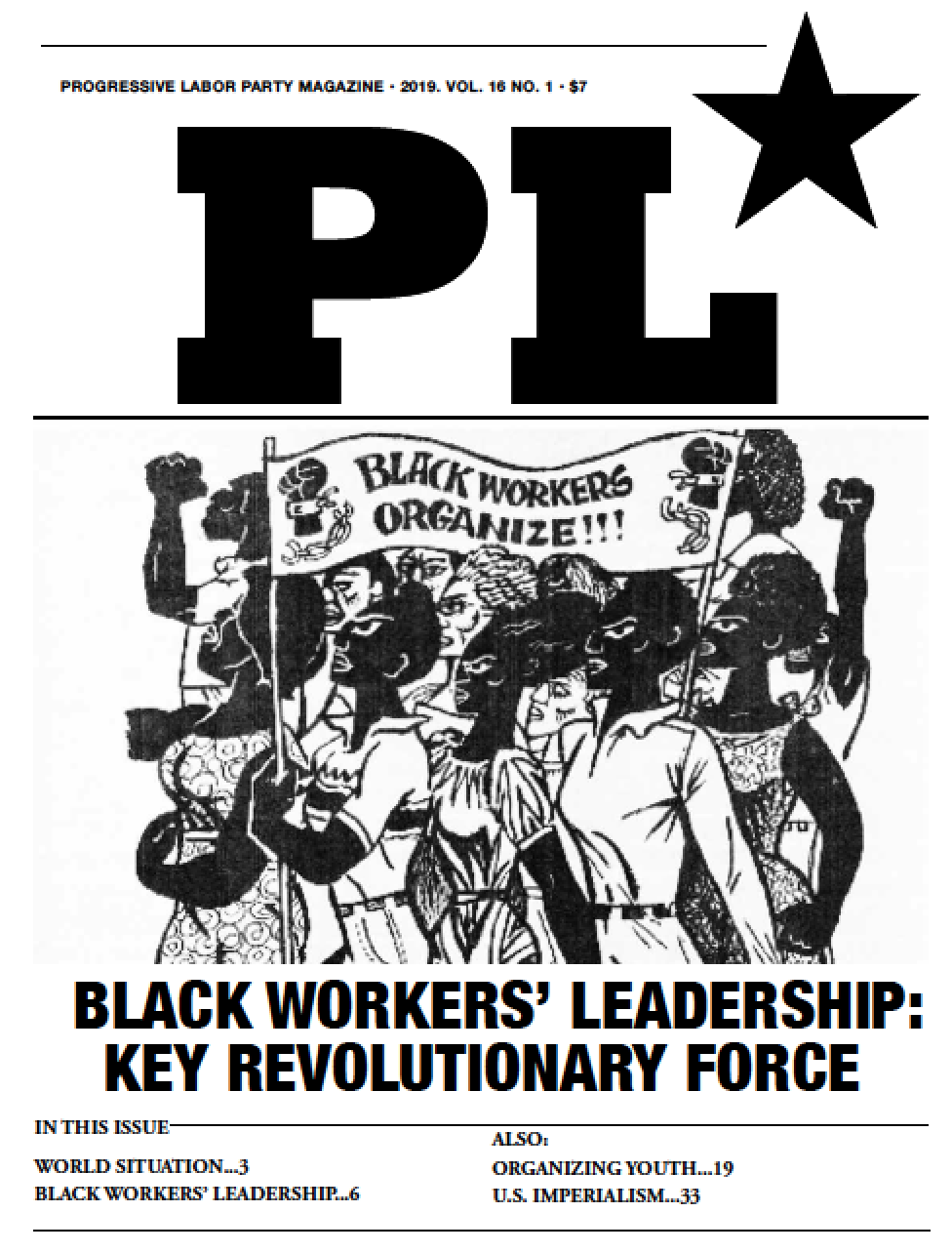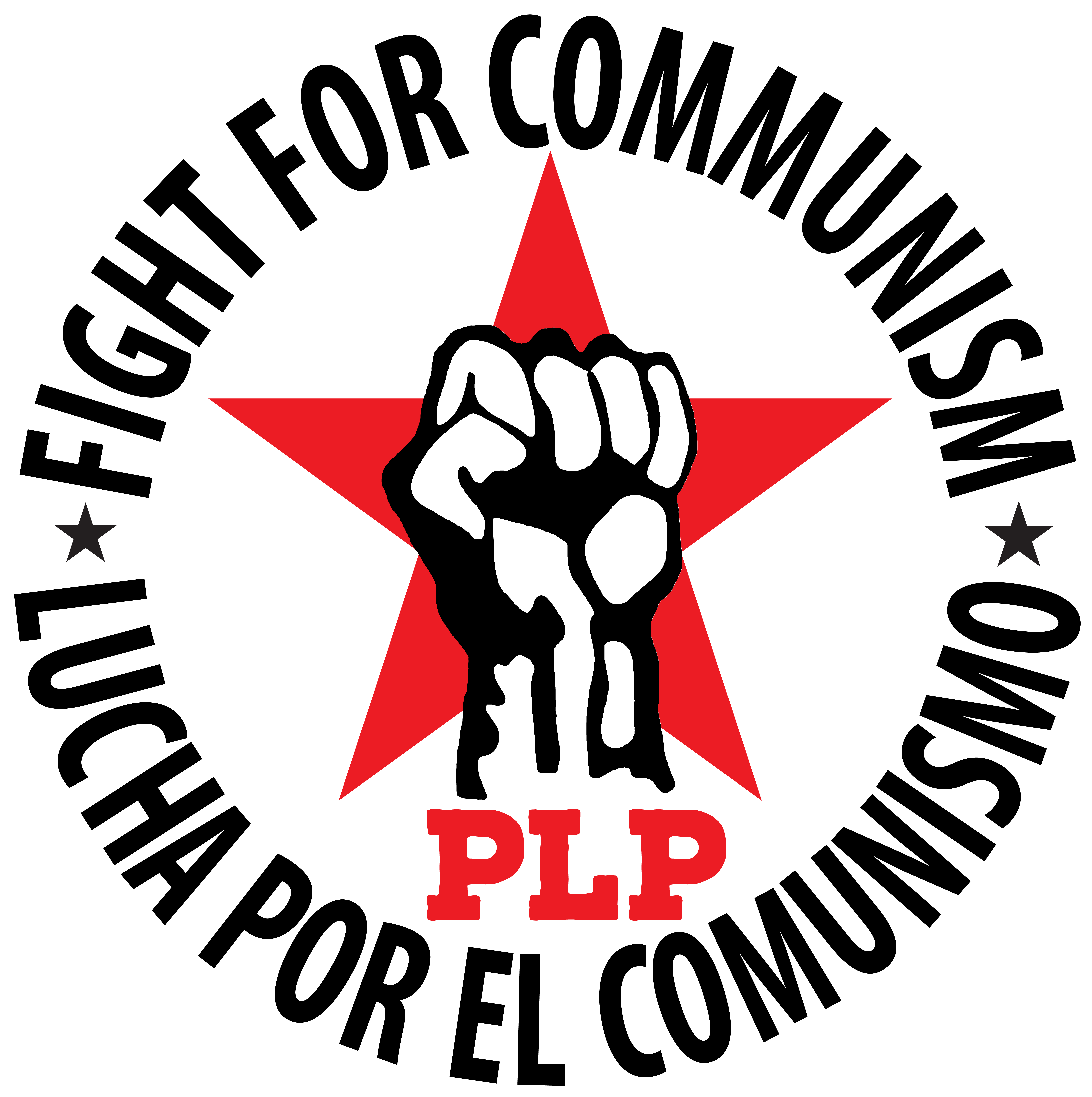75th Anniversary of the Battle of Stalingrad
 Thursday, February 8, 2018 at 10:15PM
Thursday, February 8, 2018 at 10:15PM The bosses need to be afraid of the truth about the glorious achievements of the working class, particularly those achieved under communist leadership. One such achievement, which became the turning point of World War II, was the crushing defeat of the fascist German armies by the communist-led Soviet Red Army at Stalingrad on February 2, 1943.
As the 75th anniversary of this titanic battle – in which the Soviet Red Army, under communist leadership, smashed the supposedly “invincible” Nazi Wehrmacht (army), we can expect the capitalist media either to ignore this victory, or to slander and lie about it, to try to diminish its significance.
Battle of Stalingrad begins nazi defeat
With the Red Army’s victory at Stalingrad, the Nazi military tide was decisively rolled back. Even an anticommunist and reactionary politician like Winston Churchill – a mass murderer himself – was forced to admit that Stalingrad was the bedrock on which the fate of the war, and the world, rested.
On the eve of the battle the Nazis occupied an area of the Soviet Union that contained 40 percent of the pre-war Soviet population and almost 50 percent of its industrial and agricultural capacity. The first wave of Nazi bombers struck Stalingrad on August 23, 1942.
The Nazis didn’t spare any building in the city. But the Red Army turned every destroyed house and cellar into a battlefield. A workers’ militia was organized and fought from behind the piles of rubble in the streets while continuing to operate the machines in the tractor and Red October factories. These factories continued to produce throughout the entire battle! The tanks rolled off the assembly lines straight into the battle to defend the workers.
The fascists had a two to one superiority in armaments and troops. Soviet supply lines across the Volga River were continually attacked by Nazi artillery and aircraft. But the gritty defenders hung on, building by building, floor by floor. Not a yard was given up without a fight. For instance, it took two Nazi battalions – about 2,000 men – five days to dislodge 48 Soviet soldiers from the grain elevators. And this only after most of the defenders were dead and the rest had no ammunition or food.
Stalingrad and revolution
Stalingrad had a special place in the hearts of Soviet workers. Here, in 1918, the Red Army, under Stalin’s leadership, defeated the White (anti-communist) army of General Denikin. The city known then as Tsaritsyn was renamed Stalingrad on April 10, 1925, in recognition of Stalin’s role. (Stalin himself opposed renaming the city after himself.)
The decision to hold Stalingrad at any cost was part of a brilliant strategy to force a German concentration on the city, enabling the Red Army to launch a counter-attack against the Nazis’ weaker northern and eastern flanks. This Soviet attack came on November 19, 1942. In just three days, two rings of iron were formed behind the German forces – they had been encircled, their road of supplies and retreat cut off. Close to 300,000 fascist troops were trapped. Those who had come to smother the flower of the Russian Revolution were themselves crushed against this rock.
The Nazi defeat at Stalingrad dealt a crippling blow to its war machine. Between August, 1942, and February, 1943, casualties of the fascist forces -- the German army and its allies, Italian, Hungarian, Romanian, Spanish, and others – were 1.5 million, about 15 percent of its total forces. A half-year’s production of tanks, guns, and airplanes was lost in the battle.
From that point on, the fascist army was never again able to go on the strategic offensive.
Workers defend their revolution
The battles of Kursk, Orel (Oryol), Belorussia, and the Vistula (Poland) followed in succession, ending with the surrender of Berlin, capital of Germany, to the Red Army on May 8, 1945. Humanity was finally freed from the Hitlerite yoke.
What was the secret behind this Soviet success? The crucial factor was that the Bolshevik Revolution of 1917 had introduced elements of communism into Soviet society. Soviet workers did not have to defend the interests of “their” bosses against German bosses, as was the case with France, Holland, Belgium, Norway, and all the other Allies. Soviet workers were defending something of their own. As a mother defends her baby, they were defending their own beloved creation – a society with communist elements.
However, it is clear that this society also had many capitalist elements. These had the effect of weakening the Red Army and the fight against fascism. Due to pressure from officers, ranks were re-introduced in 1937. Before that, everyone from the topmost general to any ordinary soldier was simply “comrade.”
Nationalist elements were brought in, seemingly to reinforce the Army’s fighting spirit. For a country that had heralded the world revolution and was a beacon to revolutionaries the world over, this was a decidedly backward step. It undermined the internationalist, anti-fascist spirit. Nationalism caused the war to be renamed the Great Patriotic (or Fatherland) War.
Stalingrad: still a symbol of struggle against fascism
Yet Stalingrad remains the symbol of unflinching struggle against capitalism. When, after Stalin’s death in 1953, open capitalist measures were introduced in the Soviet Union, reinstituting private property (the Machine-Tractor Stations sold to the collective farms), the name “Stalingrad” was changed to “Volgograd.”
Yet the history of Stalingrad remains! Undefeated and unconquered, it fought and thrived thanks to the best of humanity. There flourished the sense of egalitarianism and comradeship, of courage and determination, of uncompromising hatred against oppression and boundless love for fellow workers – the true communist spirit. Stalingrad means steadfast struggle against exploiters. This spirit is alive and kicking in every red slogan on every revolutionary banner, in every raised fist.
As the working people of the world fight against capitalist oppression, there will be more Stalingrads.
 soviet union,
soviet union,  ussr in
ussr in  communist history
communist history 




 Progressive Labor Party (PLP) fights to destroy capitalism and the dictatorship of the capitalist class. We organize workers, soldiers and youth into a revolutionary movement for communism.
Progressive Labor Party (PLP) fights to destroy capitalism and the dictatorship of the capitalist class. We organize workers, soldiers and youth into a revolutionary movement for communism.




Reader Comments